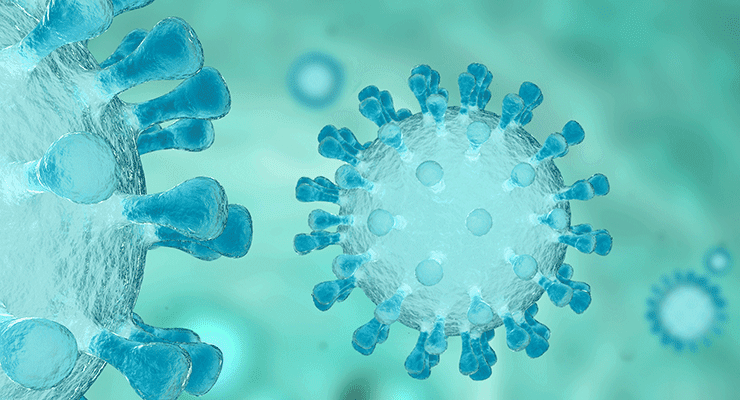The National Academies Press has published Potential Risks and Benefits of Gain-of-Function Research, a summary of a two-day public symposia on GOF research convened in December 2014 by the Institute of Medicine and the National Research Council.
Spurred by incidents at U.S. government laboratories that raised serious biosafety concerns, the U.S. government in Oct. 2014 launched a one-year deliberative process to address the continuing controversy surrounding so-called “gain-of-function” (GOF) research on respiratory pathogens with pandemic potential.
The gain of function controversy began in late 2011 with the question of whether to publish the results of two experiments involving H5N1 avian influenza and continued to focus on certain research with highly pathogenic avian influenza over the next three years.
The heart of the U.S. process is an evaluation of the potential risks and benefits of certain types of GOF experiments with influenza, SARS, and MERS viruses that would inform the development and adoption of a new U.S. Government policy governing the funding and conduct of GOF research.
The main focus of the symposia was to examine and discuss the underlying scientific and technical questions that are the source of current discussion and debate over GOF research involving pathogens with pandemic potential.
Read the workshop summary online at NAP: Potential Risks and Benefits of Gain-of-Function Research.



